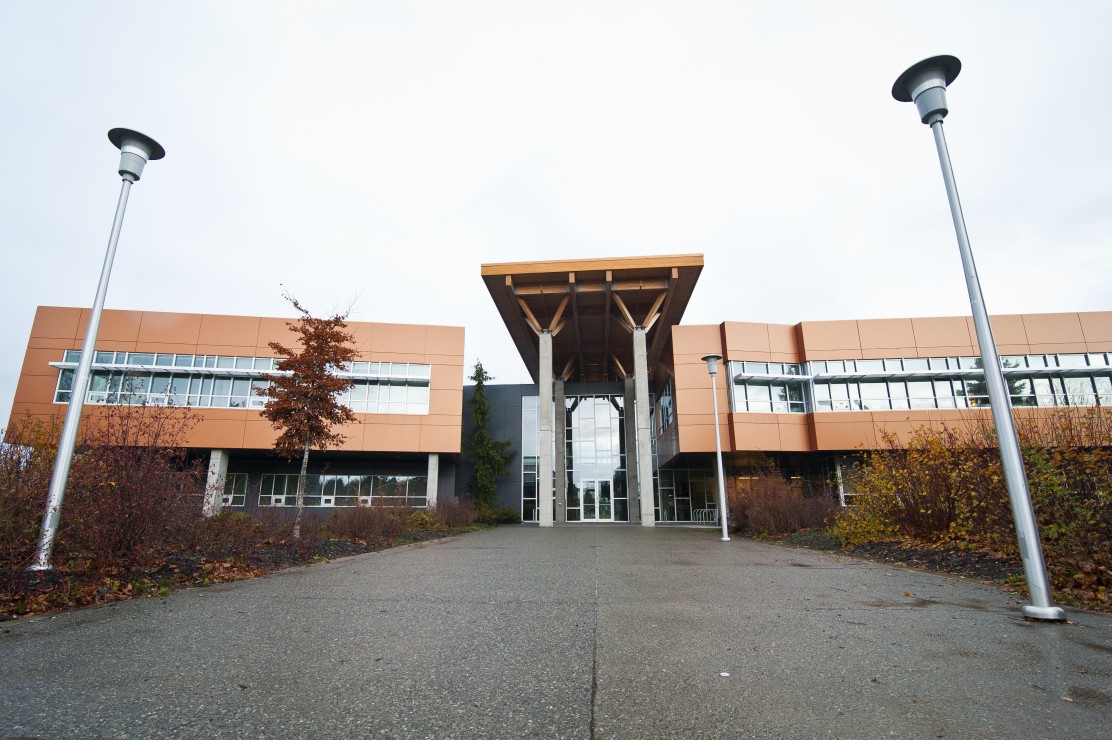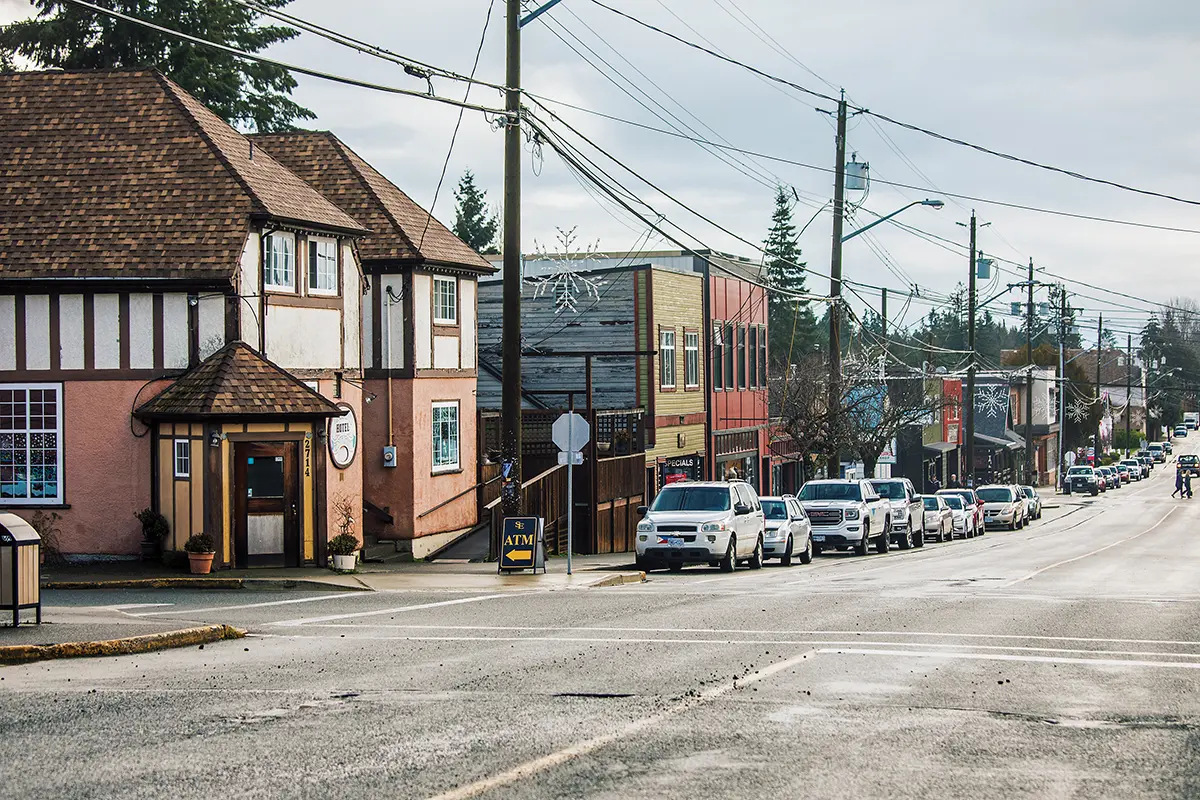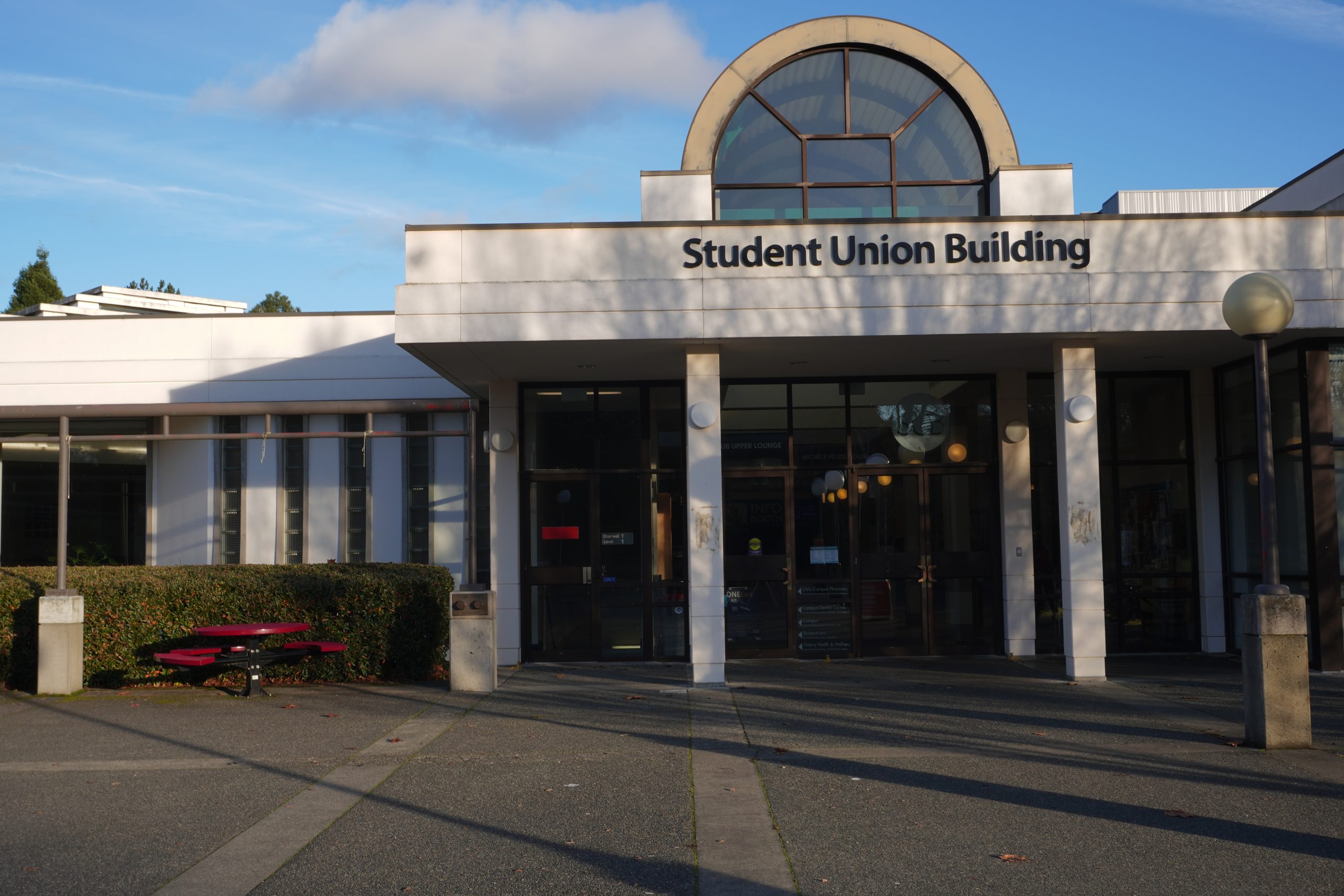
UVic released its draft sexualized violence policy for feedback on Monday, and is now soliciting public feedback. File photo by Josh Tanasichuk/The Martlet
On Monday, Feb. 6, UVic released a draft version of its Sexualized Violence Prevention and Response Policy. The policy comes after several months worth of consultations with university and community groups, following the establishment of a sexualized violence working group back in May 2016.
The policy is 20 pages long, and deals with the complexity of clearly defining sexualized violence while allowing for the often varied forms and reactions that sexualized violence can possess. How well the policy does that is up to each reader, and input is being accepted online or via email until March 10.
We recommend you read through and respond to the policy, but, in case you can’t, we’ve listed three things that the Martlet staff took away from the draft and that we think you should know.
UVic will establish a new Intake Office to offer support for those impacted by sexualized violence
In perhaps the most concrete change offered within the draft policy, UVic has announced it will create a new Intake Office to support and guide any members of the university community in dealing with sexualized violence. As per the policy, the office “will provide a specific location where all members of the university community, visitors, and others can seek advice and direct referrals and/or disclose or make a report of a sexualized violence incident.”
“The Intake Office will be the place where those who have experienced sexualized violence will be able to access someone that will assist them in navigating the services on campus,” says Dr. Annalee Lepp, the chair of both the working group and the Gender Studies department.
“I think that one of the things that we heard in the consultation side . . . [was people asking] ‘where do you go?’ . . . because we are actually fairly resource-rich campus as compared to some of the smaller colleges,” she says.
“So it seemed to us to make a lot of sense to have an intake office that is kind of the navigator of the system. So if you have a question [of] ‘this has happened to me and I’m not even sure if it’s sexualized violence’ or you want to know what your options are in terms of disclosing and reporting . . . it would be kind of a central place of coordination.”
The Intake Office would answer to UVic’s Equity and Human Rights Office, who in turn answer to the Office of the University Secretary. The Intake Office would also house UVic’s Sexualized Violence Education and Prevention Coordinator — a position that would involve organizing programs and education on sexualized violence for the whole UVic campus.
The Intake Office would not replace resources that currently exist to assist those impacted by sexualized violence, but instead would aspire to be a comfortable place for initial contact following an instance of sexualized violence, followed by a re-directing to whichever campus service best suits the specific need.
UVic will try and balance the needs of survivors with a fair and impartial process
This point is best highlighted with an excerpt from the policy — under “Expectations for Those who may Engage with this Policy.”
“The university is committed to supporting all survivors and those impacted by sexualized violence while instituting fair and impartial response processes.”
Lepp doesn’t think the two ideals are necessarily exclusive.
“I think that to have a fair and impartial process allows the policy to survive challenge, and in the end that upholds . . . the survivor-centric and trauma-informed approach” says Lepp.
“We thought carefully about that balance, and to some extent we started out to say that it’s a tension, potentially an irresolvable tension, but at the same time we have come to a place where we feel comfortable with how it’s being framed in the policy.”
The details of what constitutes a “fair and impartial” process or a survivor-centric and trauma-informed approach to helping survivors will depend on what the particulars of a single case look like and as such aren’t explicitly spelled out in this policy. Which leads us to our third point . . .
The policy wording is encouraging and idealistic, but there’s a lot of work left to do in implementing the policy
According to Lepp, the policy has “very strong principles and expectations.” That is to say, the policy details how the university views sexualized violence and to what degree it considers it a serious issue.
But many of the specifics regarding how UVic implements those principles and expectations will come later with a procedural policy that is still in development, set to be released in late February/early March.
“It’s the difference between policies and procedures — policies provide principles, expectations, responsibilities, commitments, all of those kind of things,” says Lepp. “The procedures is how it’s going to be operationalized, and because the policy covers faculty, staff, and students . . . we are working really hard on making sure that the procedures work across all of those particular groups.”
The language that UVic uses is encouraging—the draft policy mentions intersectionality, and acknowledges that acts of sexualized violence are often linked to colonial violence, racism, sexism, and a myriad of other forms of oppression. But whether those words will translate into helpful and important support for those impacted by sexualized violence is yet to be seen.
An open house for students on UVic’s sexualized violence policy is scheduled for Wednesday, Feb. 8, from 4–6:30 p.m. in the Michele Pujol Room. A second open house for faculty and staff is scheduled for Thursday, Feb. 9, from 3:30–5:30 p.m. in Maclaurin Building, room D288.








